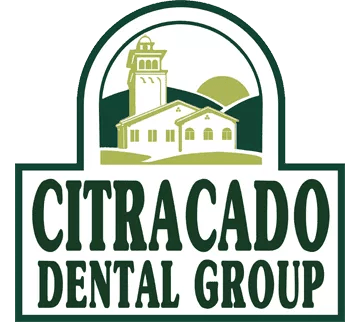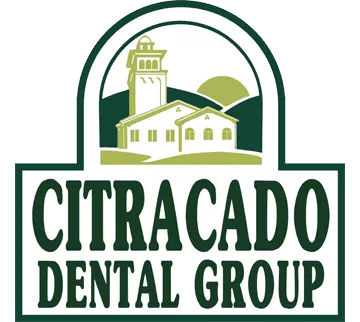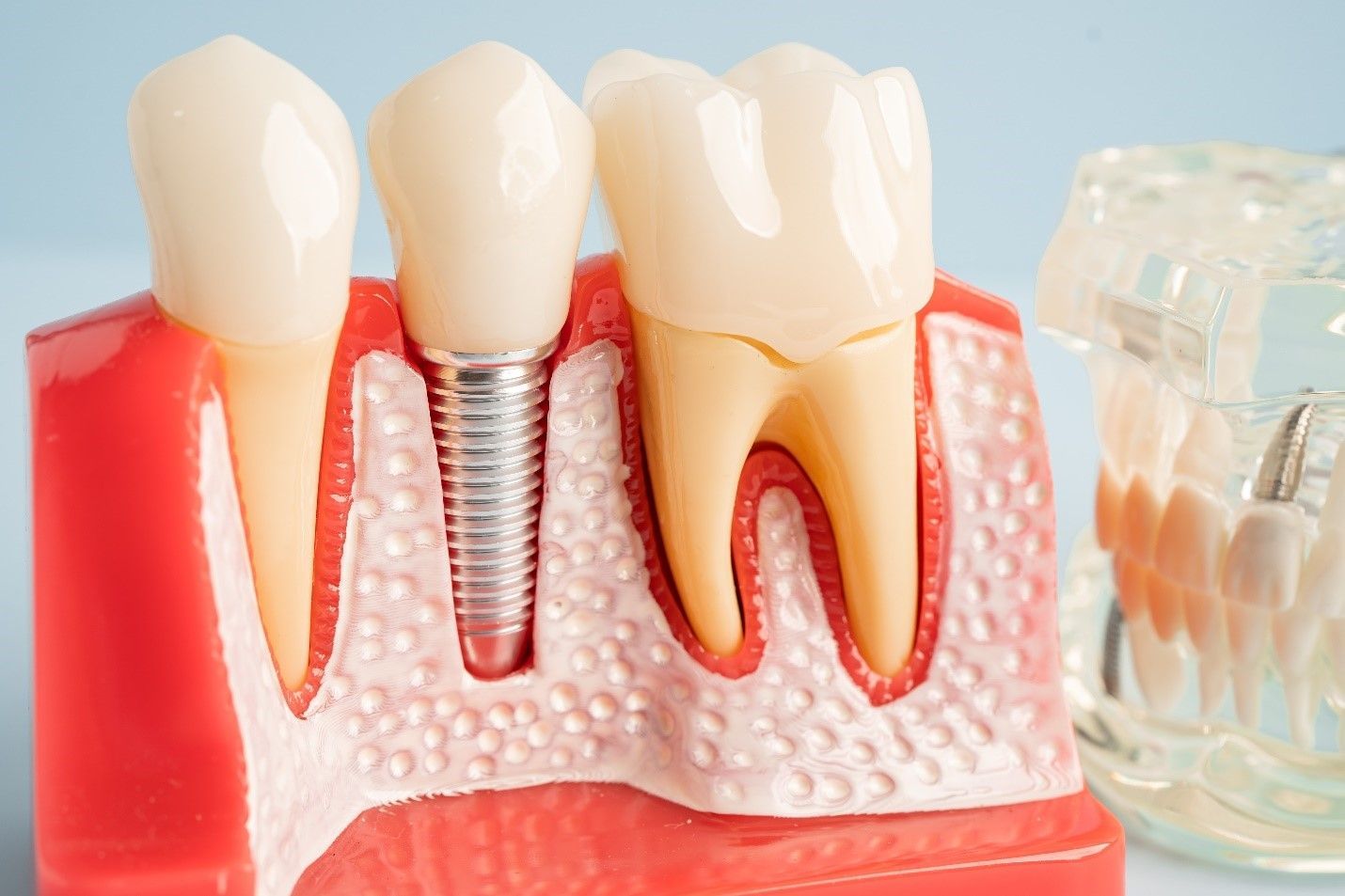STUDY: DESPITE RISKS, DENTAL HYGIENISTS EXPERIENCE LOW INFECTION RATE FOR COVID-19

A new study shows the use of personal protective equipment within the dental office setting is highly effective in the fight to stop the spread of COVID-19.
While dental hygienists face an elevated risk for contracting the disease, according to the U.S. Occupational Safety and Administration, they have also demonstrated a low rate of COVID-19 infection.
In a new study that analyzed data from nearly 5,000 dental professionals starting last October, researchers found that about 3% of hygienists reported a positive diagnosis. The study found that among the positive cases, none included large clusters in any single region.
The low infection rate among dental hygienists mirror the rates of their colleagues
The rate of infection among dentists trends much lower when compared to other health professionals nationwide.
This good news may come as no surprise given the enhanced infection control practices within health care facilities. More than 99% of those surveyed reported that their place of employment successfully implemented strict safety measures that protect dental professionals and their patients. Eye protection, gloves, masks and other protective coverings are just some of the standard equipment dental offices are using to stop the spread of COVID-19.
The safety of dental professionals and their patients is critically important and is prioritized. This study sheds light on the fact that it’s actually very safe for patients to resume their scheduled dental appointments during the ongoing pandemic.
The American Dental Hygienists’ Association came out with the initial reporting in late February in an issue of the Journal of Dental Hygiene. The findings highlight how effectively dental practices create and sustain low-risk medical environments that allow patients to undergo essential treatment without the worry of being exposed to COVID-19.
For more information about visiting a dental office during the pandemic, please visit the
American Dental Association
for further guidance.
QUICK MENU
RECENT POSTS






